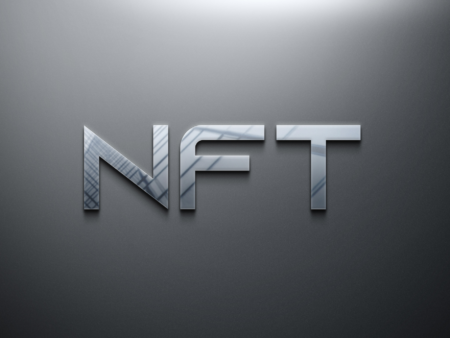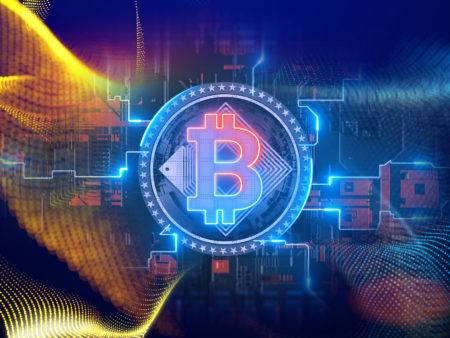NFTs are usually associated with non-physical art but in reality, there are several different types of NFTs and are explained in this guide.

NFTs have been used in a variety of exciting ways by many people. Digital art is the most popular one now. Digital artists first used NFTs. If you couldn’t draw a cup on a table without it looking like a horse or struggled through numerous art classes, you might have thought that NFTs would be useless to you. That’s not true.
This fast-growing industry has been utilizing NFTs in various ways since their inception so anyone can find a place here.
Besides holding a brush or a trackpad, there are other ways to be part of the NFT ecosystem.
Gaming NFTs
It ranks second after art NFTs in terms of popularity. There are many NFTs in the web3 gaming ecosystem, but they are very similar to traditional games. In contrast, they allow you to earn money while playing while controlling ownership of gaming items.
The NFT ecosystem could be the perfect entry point for gamers. If you wish to sell one of these unique items, you can fetch some money if there is a high demand for tradable items in-game.
Music NFTs
The NFT ecosystem is experiencing rapid growth in the area of music NFTs. A song or an album becomes the owner’s property and can be bragged about or rewarded for its sales. In addition to providing revenue generation and royalties, these NFTs also solve many current problems for musicians. Musicians are generally at the mercy of large corporations that take most of their earnings.
Embedding music images and audio into NFTs, then offering them for sale, is a way to make music NFTs. After that, the songs can be sold individually, as a limited collection, or as an entire album that can be resold.
You can still access the song via platforms such as Spotify or Apple Music even though you have exclusive ownership of it. The best NFT music marketplaces are an excellent place to start if you need help getting started.
NFT Collectibles
Cars, wrist watches, stamps, and paintings are just a few of the things people love to collect. NFT collectibles have become so popular because collectors are often drawn to the rareness and uniqueness of their pieces.
In addition, nearly every NFT qualifies as a collectible. Collectible NFTs have gained popularity recently, particularly in sports. NFTs are famous for more than just their benefits.
There is generally a greater sense of excitement associated with NFTs. This is a way to show off your ownership, gain entry into an exclusive community, or show off your collection. Perhaps the world’s most widely known NFT collection is Bored Ape Yacht Club (BAYC). Among the benefits of holding the BAYC NFT is access to exclusive events and parties. Additionally, these exclusive NFTs are in high demand, making them valuable investments. You can make it work if you have the money and the enthusiasm.
NFT Domains
The use of blockchain technology in these applications is also fascinating. Our familiarity with traditional domains does not apply to these domains. The address of a website on the internet is called a domain.
It is fantastic how these addresses function, but they are capable of much more. A license to use these addresses, not ownership, is what you get when you purchase these addresses. It is only a few have the power to make full use of them. NFT domains change all that.
In addition to serving as addresses, these NFTs are built on the blockchain. In addition to receiving coins and tokens, it would be an alternative to using long and complex wallet addresses.
One of the best things about this domain class is that it has yet to peak in popularity but will undoubtedly rise in the future. Making domain names you think someone will find valuable enough to pay for in a few years is one of the best ways to utilize them. You can start with Ethereum Name Service (ENS) if you want a place to start.
Finance NFTs
Many people think an NFT is just about digital items. Nevertheless, anything that can be transferred, accessed, and verified can become an NFT.
The finance world uses NFT applications in real-world applications, especially in DeFi (Decentralized Finance), where loans are tokenized.
On NFT marketplaces, users can trade tokenized loans based on finance NFTs. In addition, the NFT holder can set an interest rate on the loans on which they will earn interest. With this approach, users can be unrestricted to a particular network for loan movement between networks.
To ensure users against losses or unexpected events, NFTs can also be utilized as tokens in DeFi’s covers protocol.
Real World Asset NFTs
A core characteristic of NFTs is proof of ownership. A blockchain enables them to be immutable, unique, and evidence of ownership forever. The chain of ownership will always contain information about those who have held or currently hold an item.
Real-world asset ownership has been hampered by the issue of proving ownership for a long time. In many cases, determining actual ownership requires running through endless files and certificates. This can be verified in minutes with NFTs, as well as the history of previous owners and the price paid.
Creating tokenized digital assets is possible to move these real-world assets to the blockchain. On the blockchain, aspiring owners can view the deed of a tokenized house. Aspiring owners could use the register to confirm previous land ownership and costs from the sales register.
It is a utility that will benefit people in general, despite regulators not showing much support due to existing laws that guide certain transfers. In the future, it may receive more attention.











